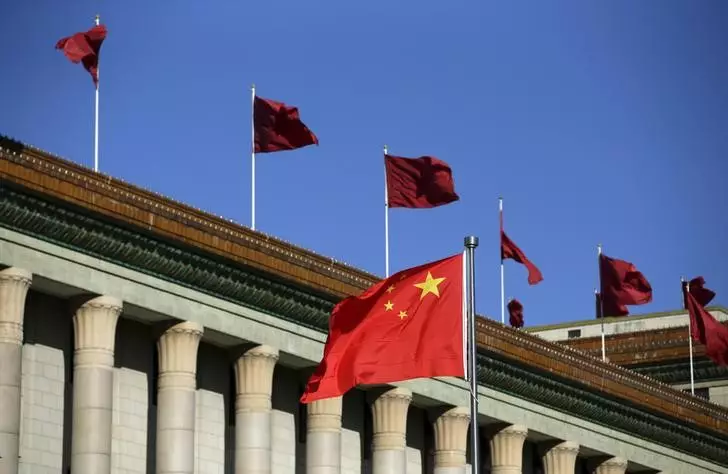China’s economic landscape is undergoing a significant transformation, marked by the introduction of a new stimulus package in September 2024. This initiative, often referred to as a “monetary easing cocktail,” has provoked extensive discussions regarding its potential effectiveness in revitalizing a faltering economy. Despite the government’s efforts to inject vitality into financial markets through a variety of measures, many analysts express skepticism about the package’s capacity to address the fundamental issues plaguing the Chinese economy.
The stimulus is anchored on several key components meant to inject liquidity and lower borrowing costs. Firstly, the People’s Bank of China (PBoC) implemented a pivotal 50-basis-point cut in the Reserve Requirement Ratio (RRR) for banks. The goal of this move is to increase liquidity within the financial system, allowing banks to lend more freely. This cut was complemented by a 20-basis-point reduction in the 7-day reverse repo rate, which, in theory, would create a trickle-down effect by reducing the Loan Prime Rate and the Medium-term Lending Facility rate.
Additionally, the financial stimulus included measures aimed at the beleaguered property market. Mortgage rates were reduced by 50 basis points, and down-payment requirements for second homes were lowered, incentivizing activity in a sector that has been critical to China’s economic growth. Furthermore, the PBoC rolled out an RMB 800 billion support package, targeting liquidity for equity purchases by securities firms and listed entities. With further financing made available to state-owned enterprises for the conversion of unsold residential units into affordable rentals, the aim is to relieve pressure in both the housing and property sectors.
Despite these comprehensive measures, the effectiveness of the stimulus package is cast into doubt by various analysts, including those from BCA Research. They contend that while these policies may provide short-term relief, they fundamentally fail to address the structural challenges facing the economy. For one, BCA projects that the combined savings from the reduced mortgage costs—approximately RMB 150 billion annually—will only marginally impact overall consumer spending, translating to a mere 0.3% increase in consumption.
The issues run deeper than just financial stimulus. The labor market’s current state significantly hampers consumer confidence and spending; stagnant wages and poor job prospects create a precarious environment for households looking to borrow or spend. Consequently, even as borrowing costs decline, households and businesses are reticent to engage in new lending, primarily due to the persistent deflationary pressures and declining property values.
The fundamental weakness in China’s economic framework can be traced back to the tepid demand for loans. Although the RRR cut aims to enhance liquidity, the reality is that even with better access to credit, a reluctance to borrow persists among consumers and businesses. With the prime lending rate still hovering around 5% and a notably cautious lending environment, expectations for robust credit demand are unlikely to materialize. Many businesses and consumers are simply unwilling to take risks, especially in light of uncertain market conditions and a grim property outlook.
This reluctance amplifies the larger problem that local governments currently face. Many are hesitant to undertake new infrastructure projects or extend their borrowing capacity due to heightened scrutiny from anti-corruption investigations. Such hesitance has historically been a critical catalyst for stimulating economic activity in downturns, but this avenue now remains largely untapped.
Given this complex landscape, BCA analysts advocate for more aggressive measures beyond the current stimulus. Suggestions include large-scale quantitative easing, specifically targeting the housing market and direct fiscal transfers to households, as a means of restoring confidence and increasing disposable income. The existing measures, however, remain fragmented and inadequate in tackling the root causes of China’s economic malaise.
Looking forward, the investment outlook remains tepid. While the stimulus may provide some temporary bolstering for onshore Chinese equities—garnering an upgrade from BCA to an overweight status within global portfolios—broader global market developments could hinder significant gains. Geopolitical tensions and the potential for a slowing global trade environment further complicate the situation. Analysts recommend a cautious approach to offshore Chinese stocks and advise against substantial long positions for investors seeking absolute returns, particularly as global markets may shift toward a more risk-averse posture.
While China’s September 2024 stimulus package offers a short-term lifeline, the deeper structural problems persist. Only time will reveal whether these measures can lead to a genuine turnaround or if they are merely a temporary patch over a fundamentally flawed economic framework.


Leave a Reply